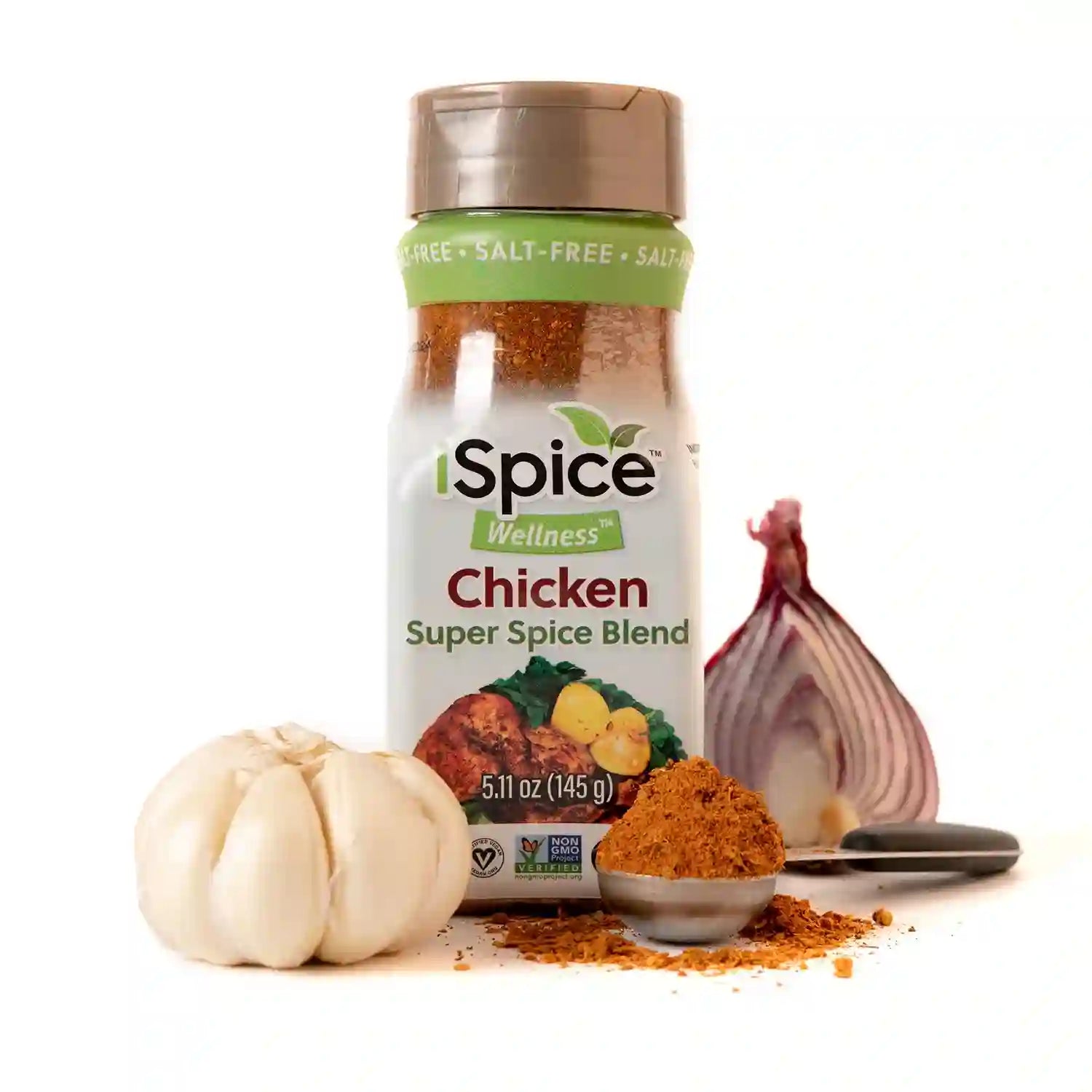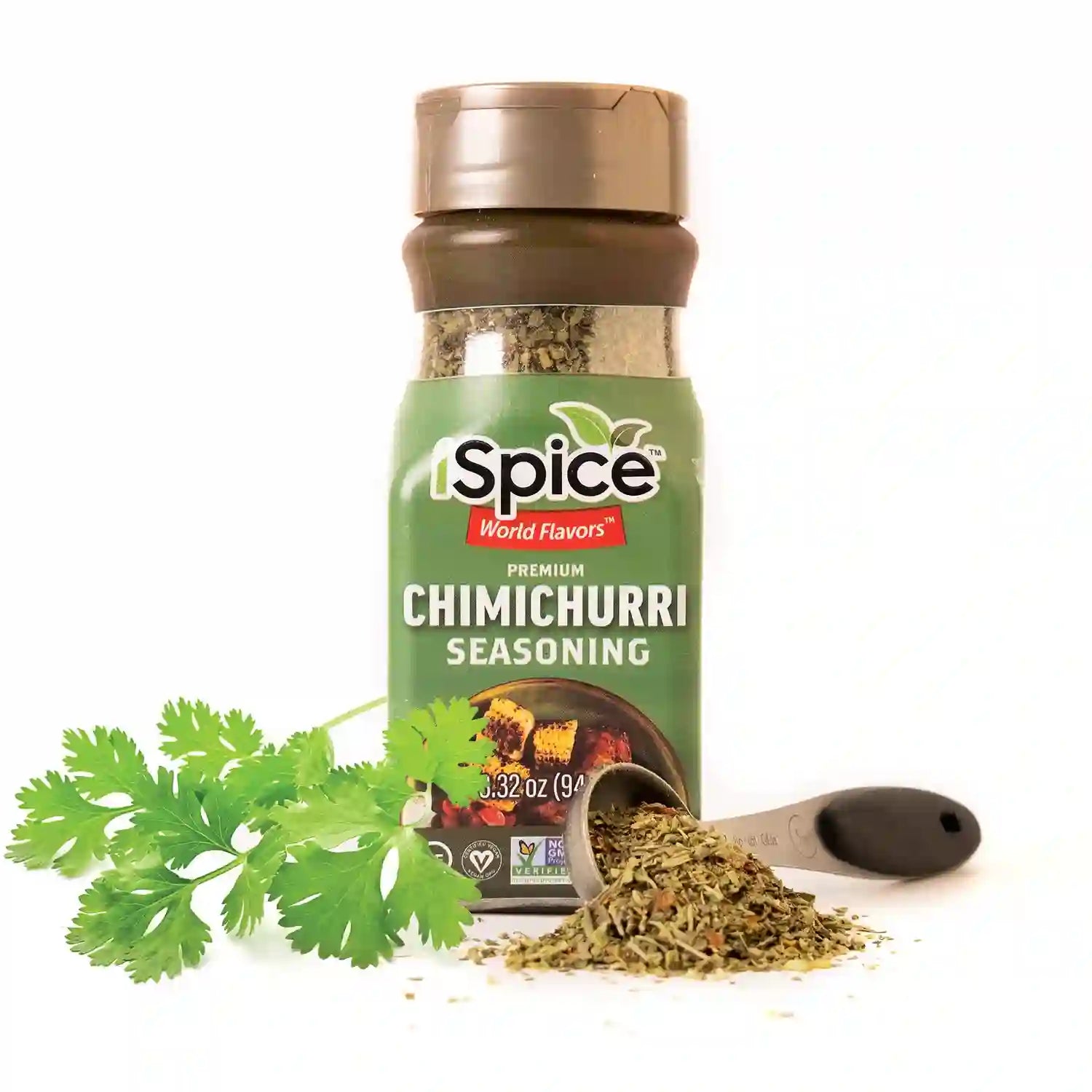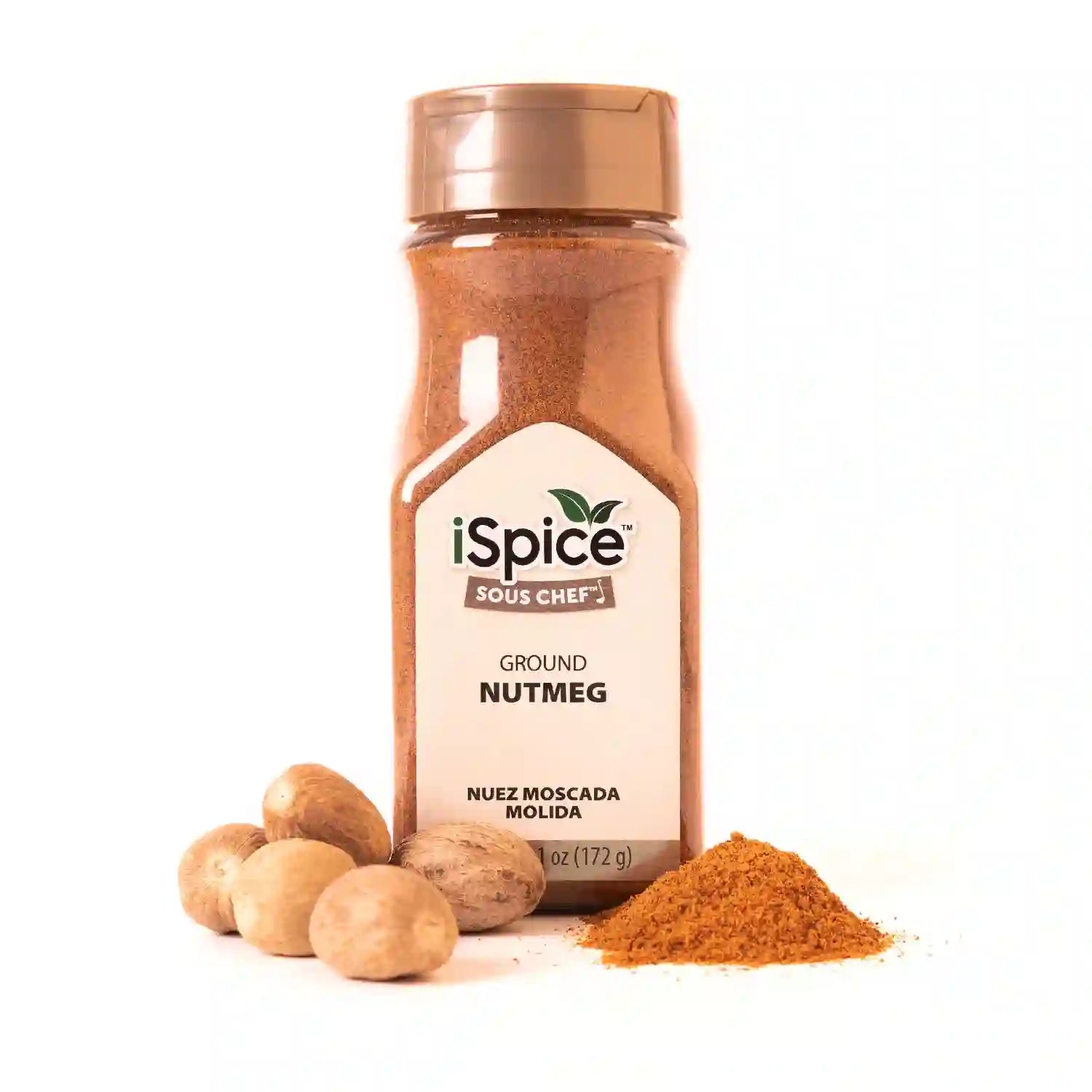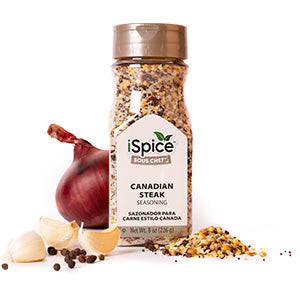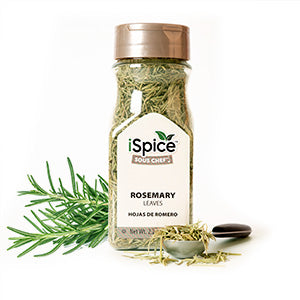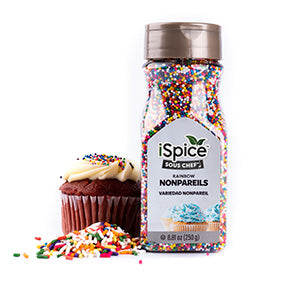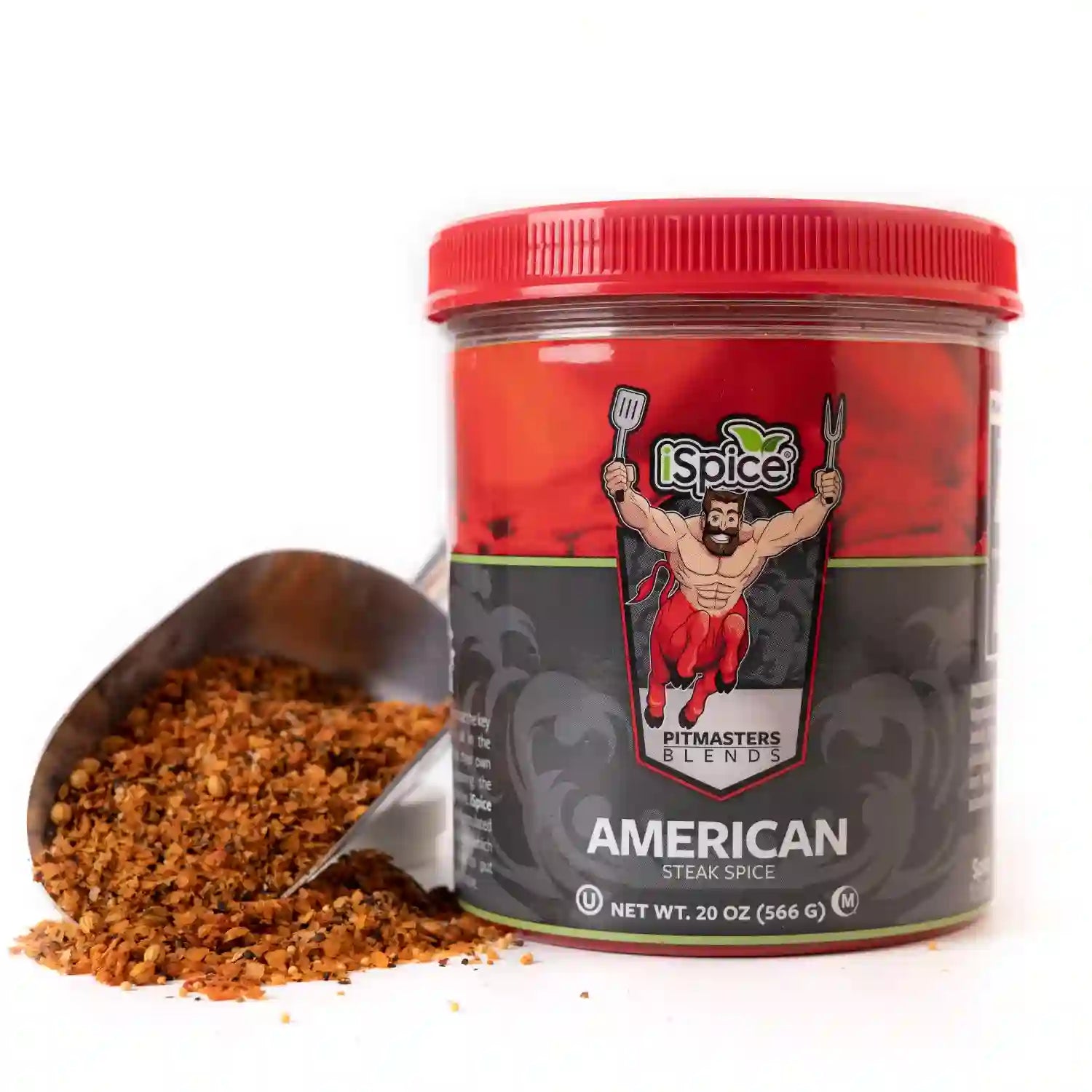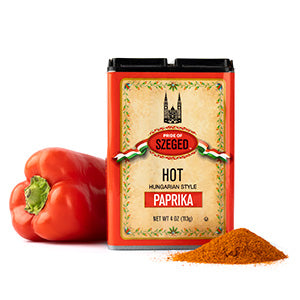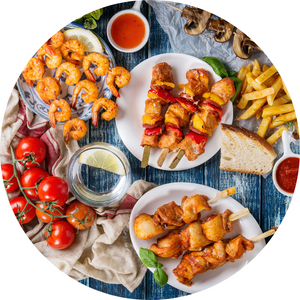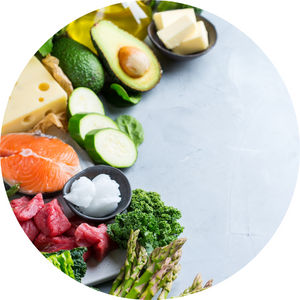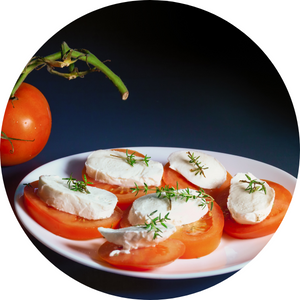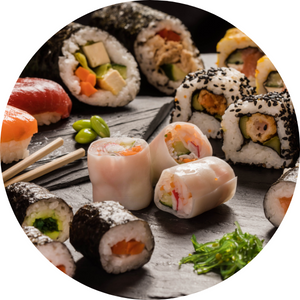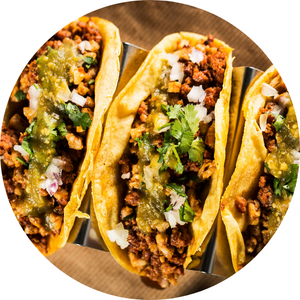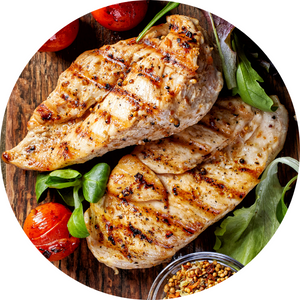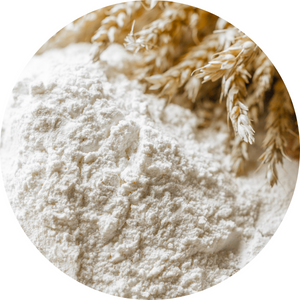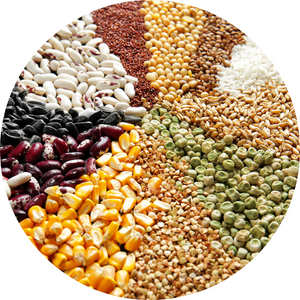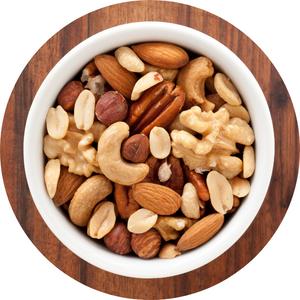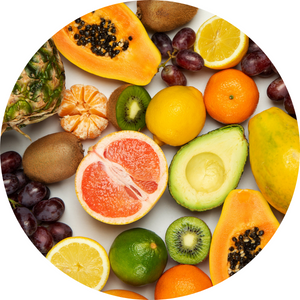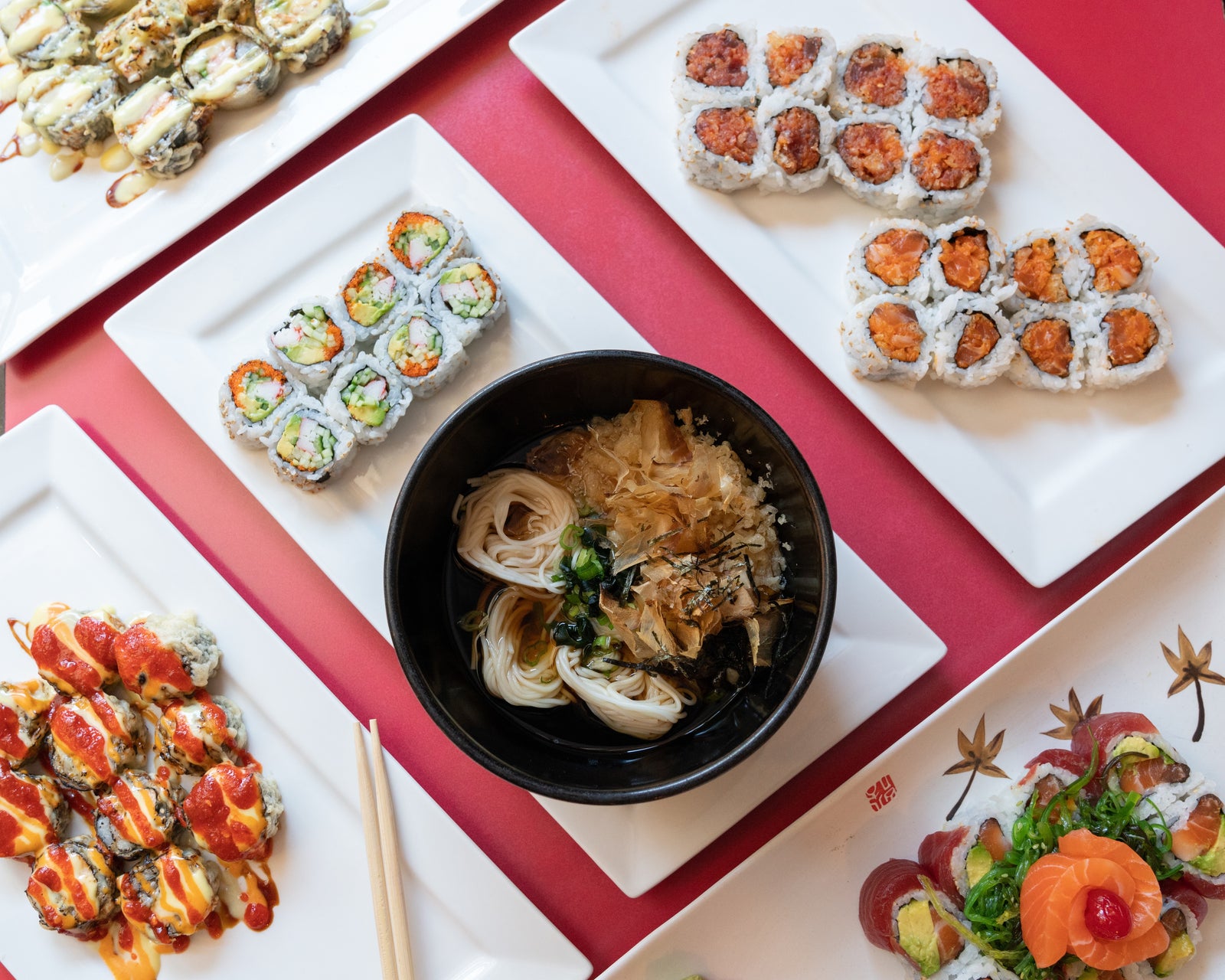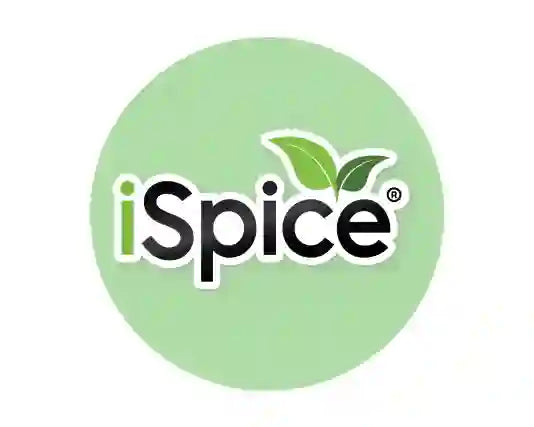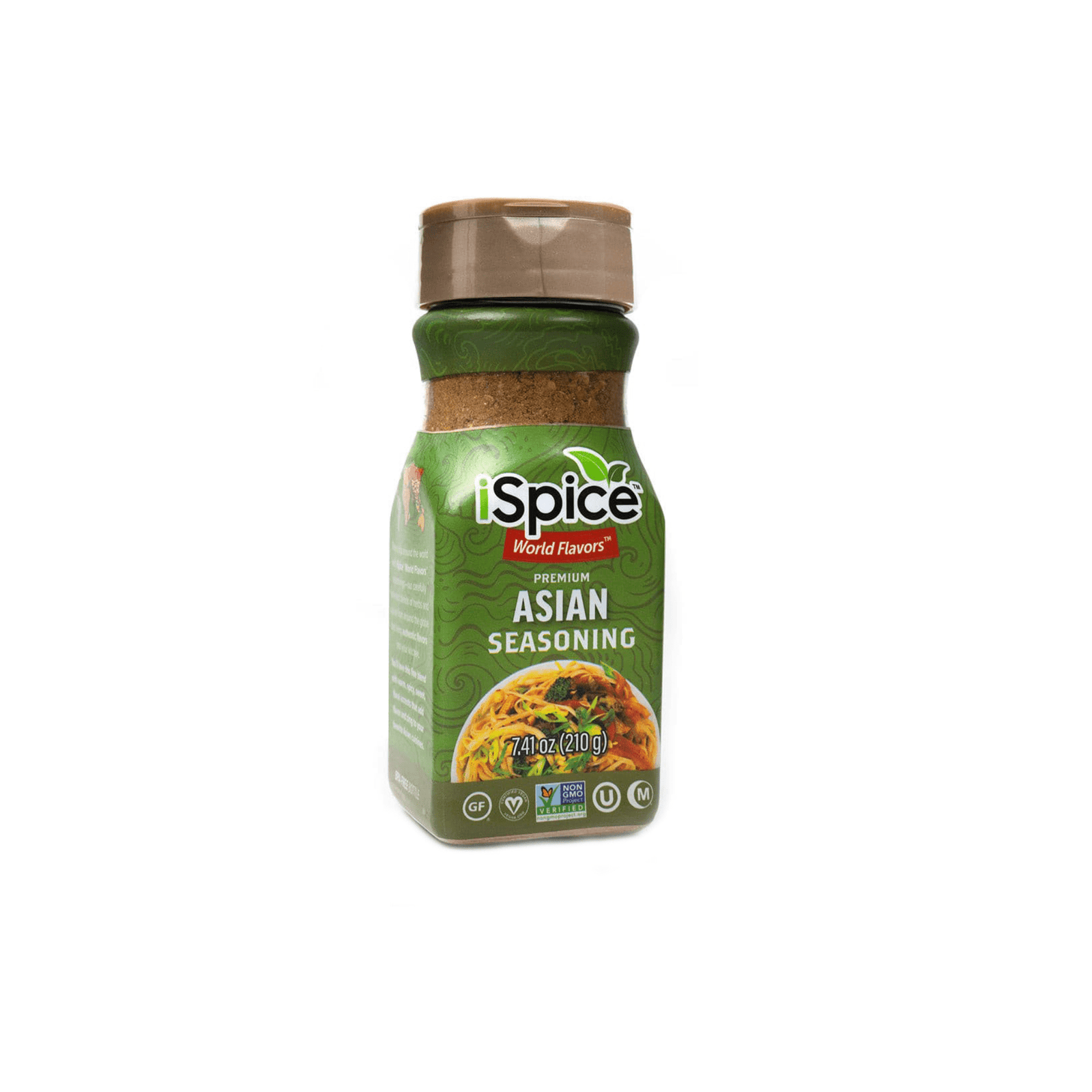A distant cousin to bamboo and in the turmeric/cardamom family, ginger’s appeal has made it a component of cuisines and cultures around the world. Ginger’s knobby root, the rhizome, grows underground and is juicy and fleshy with lemon/citrus, soapy, musty/earthy notes. Ginger produces a warming, fragrant, multi-use spice and is widely used in folk medicine.Young ginger rhizomes are often pickled in vinegar or sherry and eaten as a snack, cooked as an ingredient in many dishes, and steeped in boiling water to make ginger herb tea. Ginger is also made into candy and ginger wine. The juice from mature, fibrous rhizomes is used as a seasoning in Indian curries and is a common ingredient in Chinese, Korean, Japanese, Vietnamese and many South Asian cuisines. Ground ginger root is a spice used as a flavoring in gingerbread, ginger snaps, speculaas, ginger ale and ginger beer.During the 15th century, gingerbread was a gift of love and respect, while in the 1800s it was commonly sprinkled in beer or ale—thus the invention of ginger ale. It has long been used as a remedy for various ailments, including nausea, diabetes, menstrual pain, osteoarthritis and infections.
Alert: While spices can have many beneficial properties for health, using them for medical purposes should be done under the guidance and supervision of a healthcare professional or specialist. Some spices may interact with medications or cause adverse reactions in certain individuals, and it is important to use them safely and appropriately. If you are considering using spices for a medical condition, it is important to consult with a healthcare professional before doing so.
| |
Benefits of GingerSome research suggests Ginger may have the following benefits:
|

